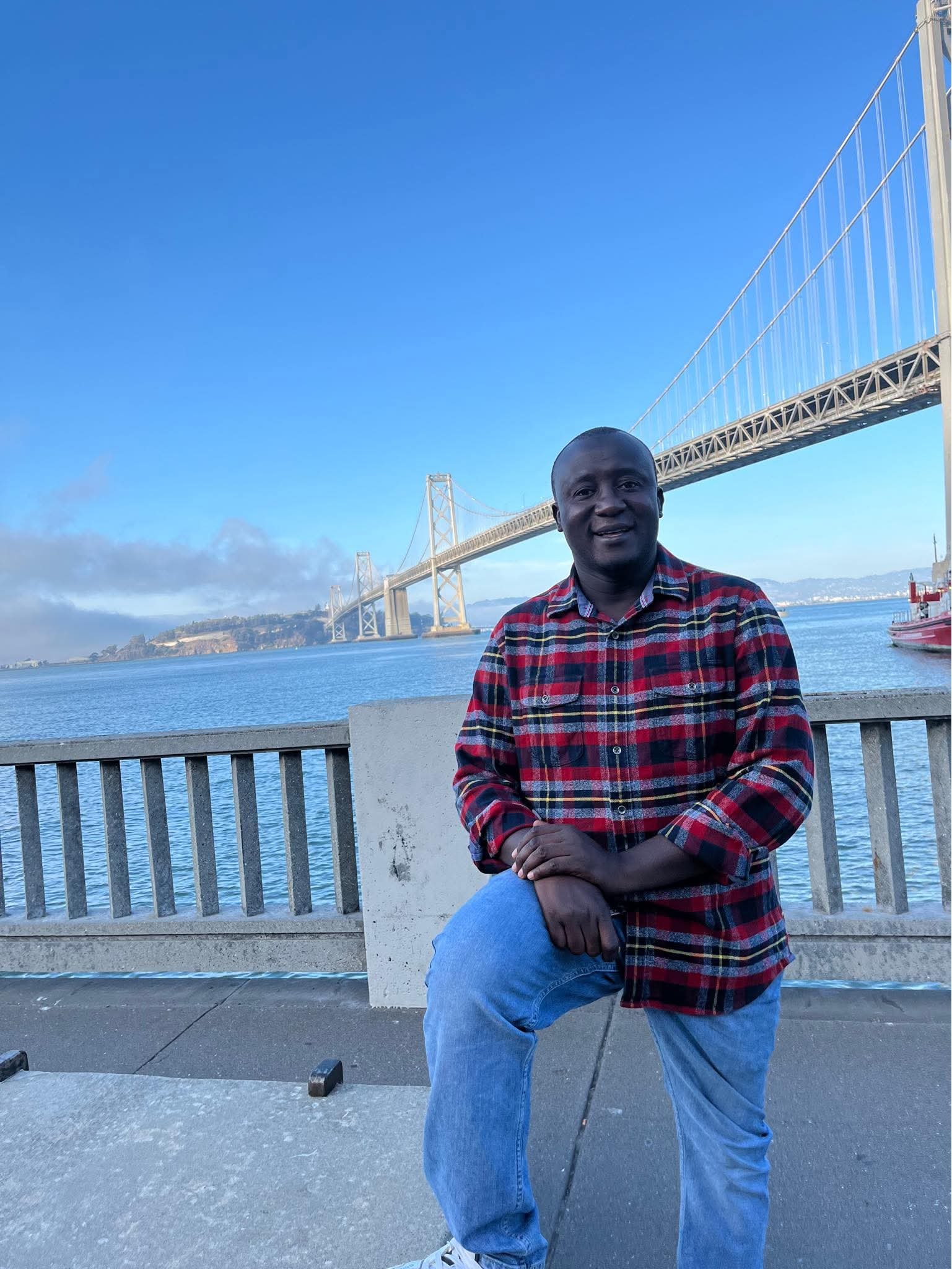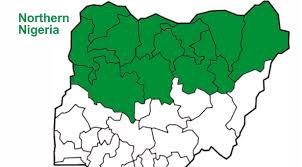Why bandit amnesties are failing in Nigeria’s northwest
…Talks become leverage to win safe passage, taxation rights, or space to rearm. That’s why residents bristle when they see armed men strolling out of a reconciliation meeting – nothing has essentially changed.
By Idris Mohammed

KATSINA, Nigeria — Nigerians were glued to their screens when more than 270 schoolgirls kidnapped by bandits from their dormitory in Jangebe, Zamfara State, were released and paraded before the cameras.
Government officials rushed to claim victory, presenting the girls’ return as proof that dialogue with so-called “repentant bandits” could restore peace. Yet the truth, whispered by community members who met the girls at dawn in Gusau, the state capital, was far more sobering.
The children were released – not because the gunmen planned to lay down their weapons – but because the handover spectacle would buy them credibility.
That scene in Jangebe in 2021 was not an anomaly. In the years since, the many peace talks and amnesty deals with the criminal gangs terrorising northwestern Nigeria have followed the same predictable script.
A notorious warlord or group of commanders sits across from government officials or clerics. They make public declarations of repentance (often swearing on the Koran) and hand over a token number of weapons – sometimes rusty old rifles. Captives are released in staged ceremonies. Government leaders hail these moments as breakthroughs. But within months the violence returns, worse than before.
As someone who has documented this theatre across Zamfara, Katsina, Sokoto and Kebbi states, I also know the cost of these failed policies.
Instead of producing peace, the pursuit of poorly structured amnesty deals has emboldened armed groups; deepened community mistrust of the state; and perpetuated impunity.
These peace deals are not a path to stability – they are a dangerous illusion.
Other ways need to be found to tackle the expanding violence that has driven at least 670,000 people from their homes, triggered alarming levels of food insecurity, turned the region into the country’s kidnap capital, and overwhelmed Nigeria’s already over-stretched security forces.
The illusion of “repentance”
Amnesty deals have a calamitous record. Zamfara first experimented in 2016 with an agreement with the notorious bandit leader Buharin Daji. The truce, brokered by former Governor Abdulaziz Yari, saw fighters surrender stolen cattle and a few weapons in exchange for cash. By 2017, over a thousand young men had sworn off violence, a spectacle repeated in Katsina and Sokoto.
But the agreement was badly administered and fell apart when Daji – who was made a special government advisor and put on a stipend – was killed by rival bandits.
In 2019, Zamfara’s new governor, Bello Matawalle, revived the policy with a “cows-for-guns” deal. Hundreds of hostages were freed, and repentant fighters paraded for the media.
Yet these gestures rewarded impunity more than they restored security. As critics warned at the time, many of those that had signed up for peace returned to the bush and resumed their lucrative violence. Markets closed, villages were torched, and farmers were again forced to flee their fields or pay taxes to competing bandits.
Neighbouring Katsina State has experienced a similar story. In October 2019, the government granted amnesty to armed groups in exchange for the release of 70 captives. During the ceremony, the bandits turned in just two AK-47 rifles. The governor promised rehabilitation and reintegration. Yet within months, residents reported fresh attacks.
Sokoto State has also been down this road. Its first recorded peace agreement was in 2016, in the Isa district, but it collapsed almost immediately. Another attempt in 2019 suffered the same fate. Community leaders told me at the time that the deals were nothing more than “a chance for the bandits to show us that the government needs them more than they need the government”.
Why these deals fail
Banditry – a catch-all term in Nigeria for the criminal gangs in the northwest – has its roots in rural cattle rustling.
Cattle thefts were originally from within the pastoralist Fulani community, and targeted remote forest-based Fulani camps. But it assumed an ethnic identity when it spread to farming districts. Farmers in the northwest, predominantly Hausa, turned to vigilantes for protection – the Yan Sakai.
But their attacks were indiscriminate, with all Fulani potential targets. The Fulani countered with a militia of their own, both for revenge and to fight for access to land and water resources – at the heart of Fulani grievance. Over time that militia, the Yan Bindinga, became almost indistinguishable from the original forest-based bandits.
An estimated 30,000 gunmen are active in the northwest operating in more than 100 gangs. The overarching industry is even larger – including “part-time” bandits, informers, and smugglers. They function through loose networks with no single chain of command, no common ideology, and no way to bind everyone to a deal.
Negotiations sometimes buy a few quiet weeks for farming and travel, but they don’t fix the problem. Even when military pressure is brought to bear, the highly mobile motorbike-riding bandits simply move elsewhere.
Take the case of Katsina and a dialogue held this month with the state government and a group of bandits in Kankara town – the sixth “amnesty, peace and reconciliation” event this year in the state.
Residents reported the gunmen attended the talks while still carrying rifles. Some moved about freely with their weapons after the meeting, stoking unease.
The same happened in Katsina’s Kurfi district last month. Viral social media posts described bandits arriving on motorbikes, firing in the air, and posturing in front of a stunned community – exactly the sort of performance that tells villagers who holds real power.
There are allegations of quiet payments by the authorities to try and keep a lid on the number of attacks.
Nasir El-Rufai, Kaduna’s hardline former governor, acknowledged in a recent interview that government officials have transferred cash and supplies to armed groups as part of a non-military security strategy. That, and a flourishing industry of ransom negotiators, suggests “peace” is just another price point.
Strip away the ceasefire ceremonies and three problems keep re-occurring.
First, the gunmen set the terms. In most truce talks, fighters keep their weapons and mobility. Dialogue becomes leverage to win safe passage, taxation rights, or space to rearm. That’s why residents bristle when they see armed men strolling out of a reconciliation meeting – nothing has essentially changed.
Second, state governments mistake performance for peace. Photo-ops with clerics, rows of surrendered rifles, or headlines that a kingpin has “promised” to let farmers work are treated as outcomes. Yet abductions, closures of rural markets, and school kidnappings will continue to occur.
Third, there is no accountability. Commanders with long records of attacks are often courted as stakeholders, not prosecuted. Research suggests that – in the absence of disarmament, justice, and reintegration built on verifiable commitments – the process is guaranteed to fail.
On the ground, communities understand all of this in concrete terms. Farmers in Zamfara, Katsina, and Sokoto are still leaving their fields; grain prices have continued to climb; and communities are abandoned, forced to negotiate punishing arrangements with the gunmen so they can travel or harvest for a few hours.
If you are a district head or imam, living in the countryside without support from the distant authorities, the message is unmistakable: If you don’t recognise the authority of the armed gangs, you will be responsible for the consequences.
A path forward
The policy takeaway is not that dialogue is impossible, but that the northwest’s version has inverted the proper sequence. Instead of the current performative approach:
Disarmament must be real, visible, and verified. Protection of witnesses and communities must precede any granting of safe passage to bandits.
Payments – whether by governments or communities – should be treated as extortion, documented, and prosecuted.
Where talks continue, they need hard conditions: Mapped command structures, third-party monitoring, deadlines for weapons hand-ins, clear sanctions for violations, and a parallel track for victim restitution.
The government and its international partners need to provide coordinated infrastructure rebuilding, livelihood training, housing, and education to enable farming and commerce to begin again.
State government pledges to pastoralists to provide protected grazing reserves, water points, veterinary services, and schools must be delivered on.
Finally, all communities must see consistent protection and investment – not empty promises. This means early-warning systems, a formal security presence in remote areas, and resilience-building support for farming economies.
If the goal is to stop the killing, the standard should be simple: Did attacks cease, were abductees returned, were weapons surrendered, and were those who broke the law held to account?
If Nigeria hopes to break the cycle of false peace, policymakers must move beyond the illusion that dialogue alone can deliver lasting security.
Edited by Obi Anyadike.
Idris Mohammed is an independent researcher, journalist and academic from northwestern Nigeria





